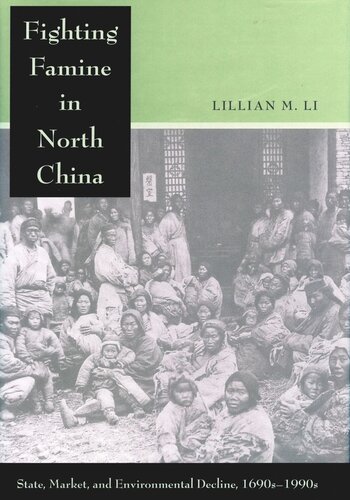

Most ebook files are in PDF format, so you can easily read them using various software such as Foxit Reader or directly on the Google Chrome browser.
Some ebook files are released by publishers in other formats such as .awz, .mobi, .epub, .fb2, etc. You may need to install specific software to read these formats on mobile/PC, such as Calibre.
Please read the tutorial at this link: https://ebookbell.com/faq
We offer FREE conversion to the popular formats you request; however, this may take some time. Therefore, right after payment, please email us, and we will try to provide the service as quickly as possible.
For some exceptional file formats or broken links (if any), please refrain from opening any disputes. Instead, email us first, and we will try to assist within a maximum of 6 hours.
EbookBell Team

4.4
42 reviewsThis monumental work provides a new perspective on the historical significance of famines in China over the past three hundred years. It examines the relationship between the interventionist state policies of the eighteenth-century Qing emperors (“the golden age of famine relief”), the environmental and political crises of the nineteenth and early twentieth centuries (when China was called “the Land of Famine”), and the ambitions of the Mao era (which tragically led to the greatest famine in human history). In addition to a wide array of documentary sources, the book employs quantitative analysis to measure the economic impact of natural crises, state policies, and markets. In this way, the theories of Qing statesmen that have received much attention in recent scholarship are linked to actual practices and outcomes. Using the Zhili-Hebei region as its focus, the book also reveals the unusual role played by the institutions and policies designed to ensure food security for the capital, Beijing.